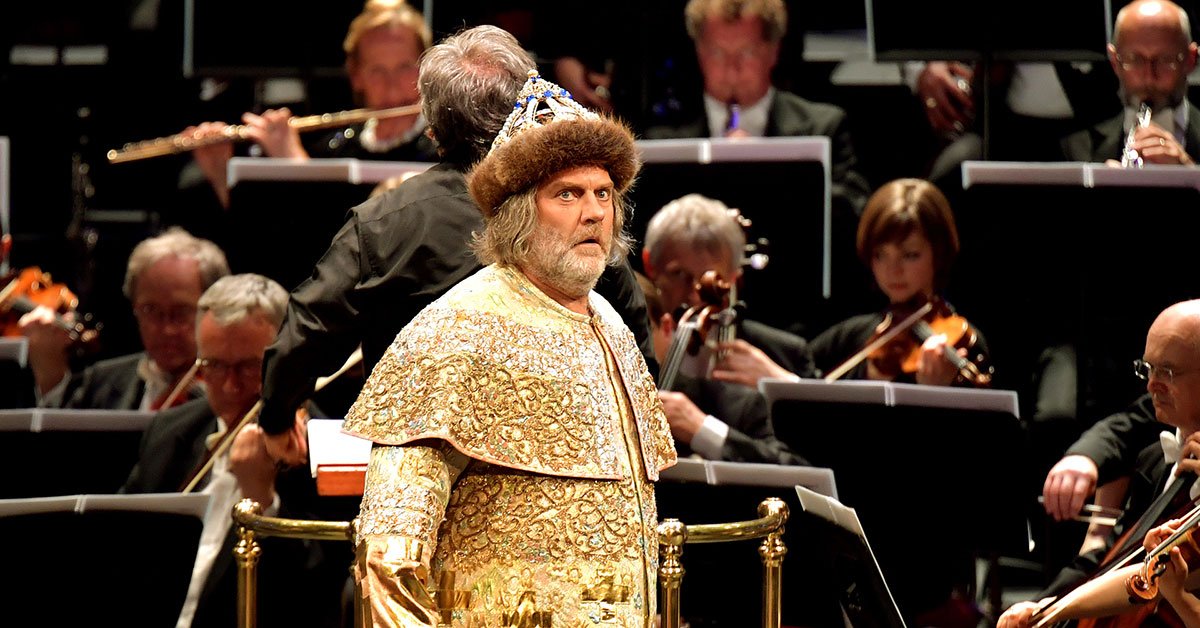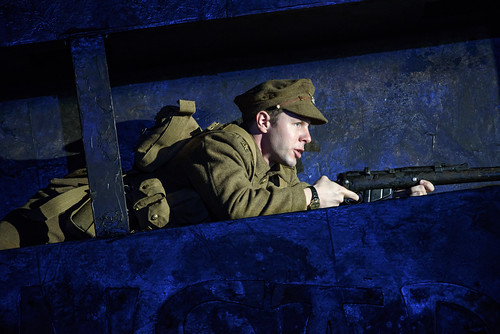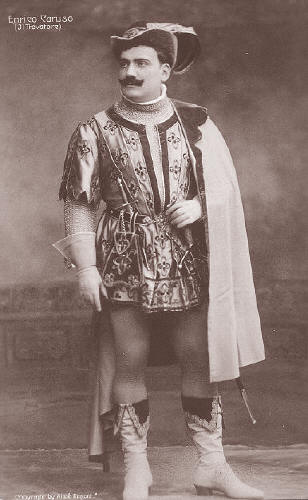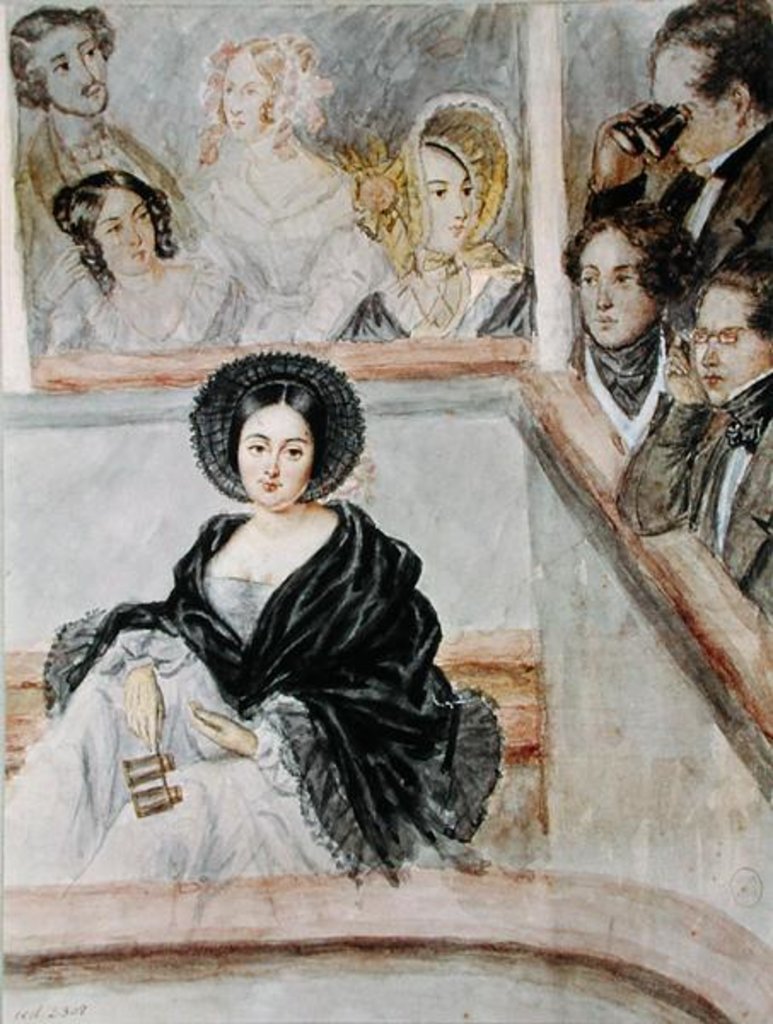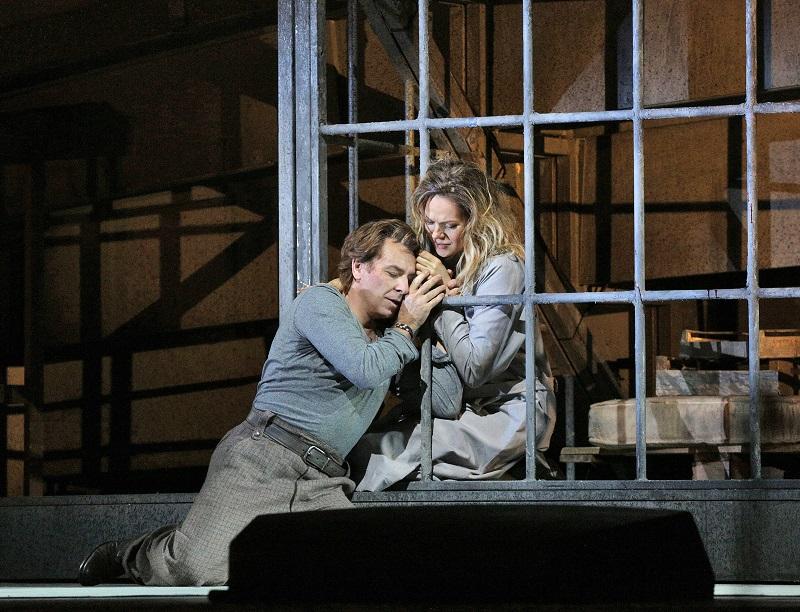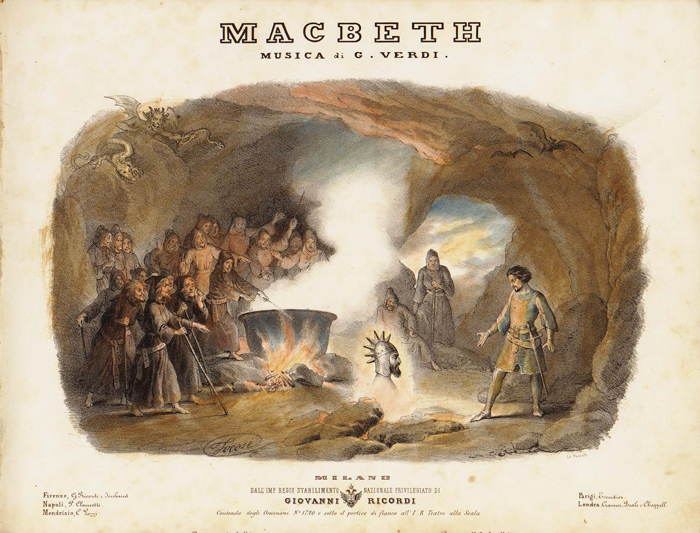Staging a perfect
Tristan is one of opera's most notorious impossibilities. The Met has, to my mingled astonishment and gratitude, succeeded in staging one that is hair-raisingly good in musical terms, and that grapples passionately and intelligently with the dramatic tensions inherent in the work. Mariusz Treliński's production insists on superimposing the metaphorical and literal levels of
Tristan und Isolde's narrative, staging both reality and the lovers' perceptions of it. I thought this brought superb emotional payoff. In this of all works, it is--or should be--hard to separate discussion of the drama from discussion of the music. And the music-making of the performance I saw (the last of the run) was of a quality that leaves me, three days later, clutching handfuls of my hair like a parody of the shocked, enraptured, half-deranged 1865 audiences. The singers, led by Stuart Skelton's tragically dignified Tristan and Nina Stemme's incandescent Isolde, left me breathless. In the intervals, I kept incoherently trying to impress upon my mother, whose first live
Tristan this was, how extraordinary it was to get a pair of lovers so well-matched, so vocally consistent and expressive over the course of the long evening. The orchestra, under Asher Fisch, conveyed the human and the superhuman.
While Treliński's production sometimes read against Wagner's text, it was very attentive to the music, to the setting of gestures and glances, movement and stillness. All three acts take place on the ship, lending additional tension to the artificially closed society of the plot, and additional poignancy to the lovers' desire to absorb the whole world into themselves. The world outside the ship may have been annihilated or simply deemed irrelevant; in any case, the ship is a successor to the mythical countries of medieval romance.
Wo sind wir? Where are we? ask the lovers, and the question is never meant only literally. Tristan and Isolde are, of course, in separate compartments in Act I, he on the bridge and she in a cabin, but they both retreat to the lower stage left when overwhelmed and seeking privacy. It is in this same space that they will find their truest intimacy in Acts II and III. The video projections, designed by Bartek Macias, were the first I have seen in person that have made a substantive contribution to an opera production. Some complained about the repetitive nature of the images, but I took them as visual leitmotifs. The forest might be the forest in which Tristan's mother perishes, but it's also reminiscent of the films of Eisenstein and Tarkovsky, to say nothing of the many forests in which the quests of medieval romance take place. One of the most persistent images is of a radar screen: blank, seeking, reaching into the unknown. Sometimes this field is itself filled with memories and visions; in Act III, it is synchronized with the hospital machines that record the persistence of the life that Tristan tries to renounce, before at last being obliterated by waves and
Weltatem.
I heard Asher Fisch conduct
Parsifal three years ago, and Thursday's
Tristan was no less impressive. Fisch led the orchestra in a performance that was daring both in scope and detail, charting a sure course from the first murmurs of the strings to the final, ecstatic hush. Fisch used dynamic variation and subtle shifts in tempi to great effect, drawing on the apparently inexhaustible resources of the Met's orchestra. To single out strings, brass, or woodwinds would be invidious; they were all excellent. It is the orchestra, after all, that must give voice to the lovers' speechlessness and that must echo their cries, that must give full expression to the meanings and implications of a libretto with vocabulary as limited and rich as that of liturgy or myth. All this they did. Each of the
Vorspiele seemed a study in itself. I was also very impressed by the stage-pit coordination, precise enough that the turn of Tristan's head spoke volumes, even before
Was ist? Isolde? and Marke broke my heart by extending his hand to his friend on that last, unbearable wail of the brass in Act II. I know I'm gushing, but I love this work, where metaphysical reflections vibrate in one's bones and blood.












